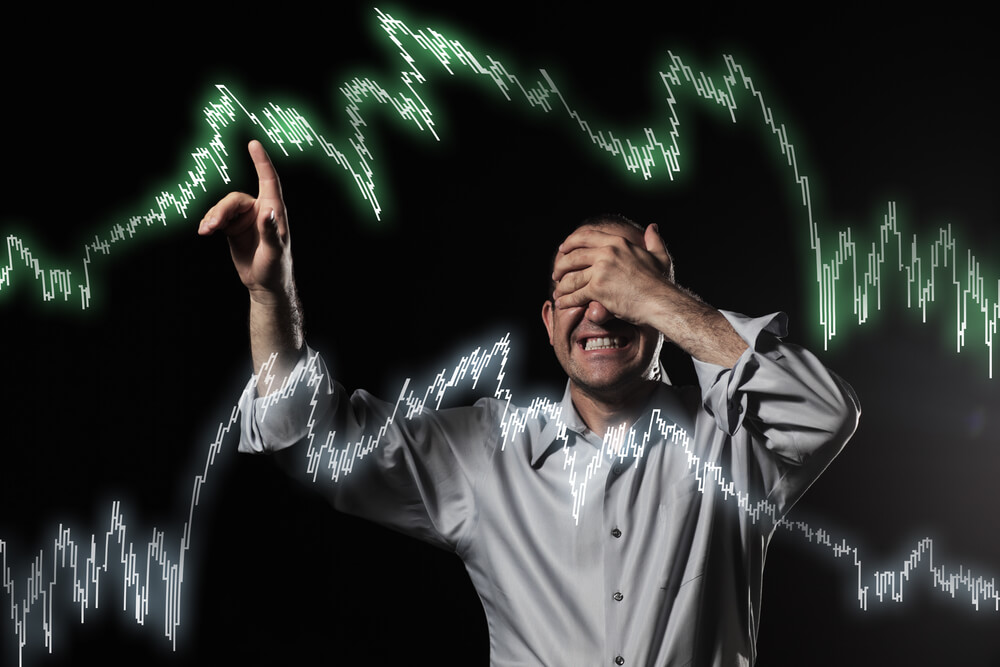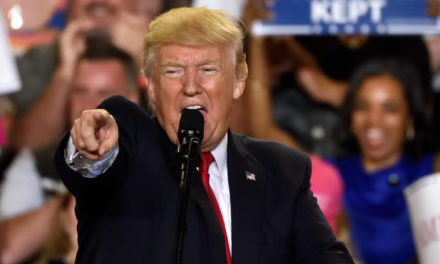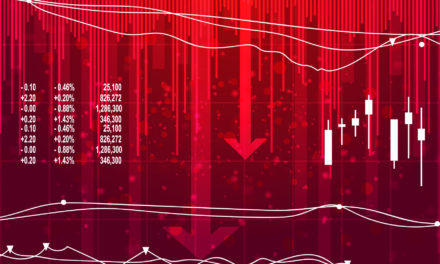Fear has suddenly come back into U.S. markets, but there is an opportunity for investor greed amid volatility.
On Friday, news of an American airstrike killing an Iranian military general sent all three major indexes down after the opening bell.
The Dow Jones Industrial Average fell 235 points, or 0.8% while the S&P 500 fell off by 22 points or 0.7% and the Nasdaq was down 0.7% in morning trading Friday.
The Cboe VIX Index — which measures market volatility — reached as high as $16.02, but pulled back to around $13.38, which was still above its previous close of $12.47.
It all came as the market continued to strengthen after a solid 2019. The S&P 500 wrapped its best year since 2013 and set another record Thursday to start 2020.
“Within the space of 24 hours, sentiment took a 180-degree turn. This very much characterizes the sort of year we expect 2020 to be: On the one hand, fundamentals are getting a bit better, trade headlines are getting a bit better; but on the other hand, bouts of volatility will be frequent,” iShares EMRA investment strategy head Wei Li told Bloomberg on Friday.
Making Money Amid Market Volatility
While many sectors will be down as long as tensions between the U.S. and Iran continue — and there is no real timeline as to when they might ease after Iranian leadership talked of retaliation early Friday.
Big gainers Friday included defense stocks like Northrop Grumman Corp. (NYSE: NOC), which was up more than 4% in morning trading, and Lockheed Martin Corp. (NYSE: LMT), which was up 4.1% Friday morning.
Brent crude oil jumped as much as 4.2% — topping an eight-month high at $69.01 — and U.S. crude rose 3.7% to $63.44 Friday morning.
Another avenue for greed during this temporary market volatility is precious metals.
On Friday, gold jumped $23.30, or 1.5%, to $1,551.40 and silver was up 0.6% to $18.16 an ounce. Platinum rose 0.5% to $990.10 and palladium inched closer to the $2,000-an-ounce mark — jumping 1.2% to $1,952.40.
Unknown Pullback Timeline
The big question will be how long the equity pullback lasts. Some believe the more declines are on the horizon if the situation between Iran and the U.S. continues to escalate.
“If tensions were to increase and go to their worst possible outcome … this would be just the beginning of the pullback,” Independent Advisor Alliance Chief Investment Officer Chris Zaccarelli told The Wall Street Journal.
UOB Kay Hian Ltd. Executive Director Steven Leung said investors will be worried about potential retaliation.
“People will want to cut risk ahead of the weekend,” Leung told Bloomberg. “Stocks have rallied a lot in the past month or so, so any bad news is a reason to take profit.”
Still, other analysts say it’s too early to tell how long market volatility will last. Kay Van-Peterson, a global macro strategist for Saxo Capital Markets Pte. said the gains in oil “honestly feels a touch overdone.”
“We are moving potentially from proxy (Iran) versus proxy (Saudis and U.S.) to potentially direct Iran-backed forces versus U.S. forces,” he said. However, “net-net, I struggle to see what Iran can really do.
“People are still not back at their desks fully until next week to mid-January, so illiquidity could give us some overreaction to the downside. Still, let’s see how the next 24 to 48 hours play out. Remember, it’s the weekend already in the Middle East.”





